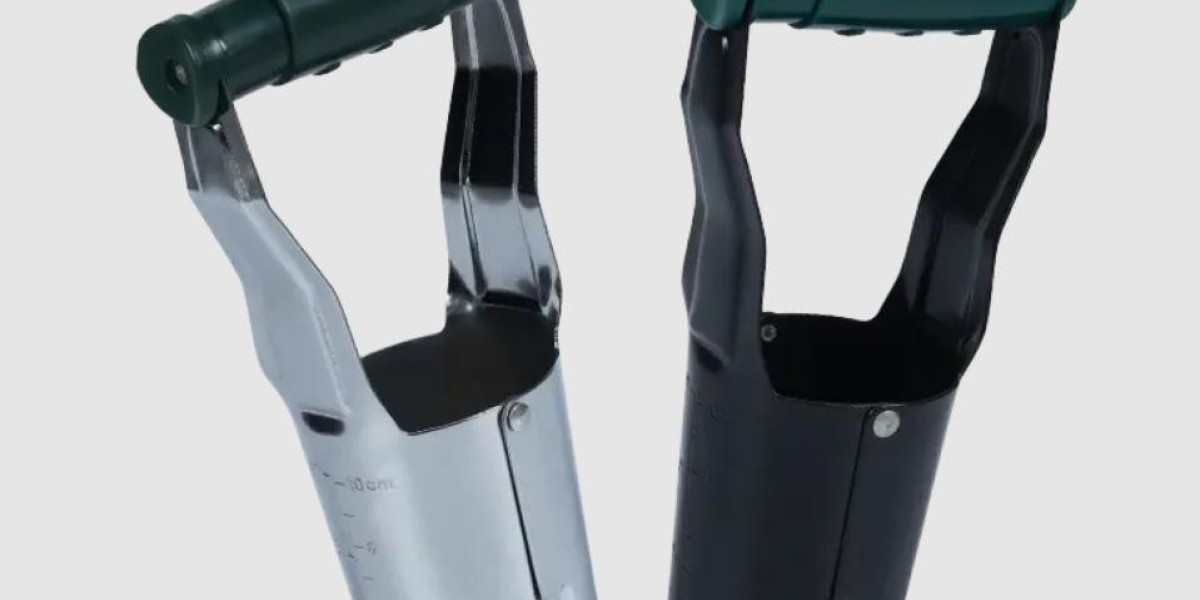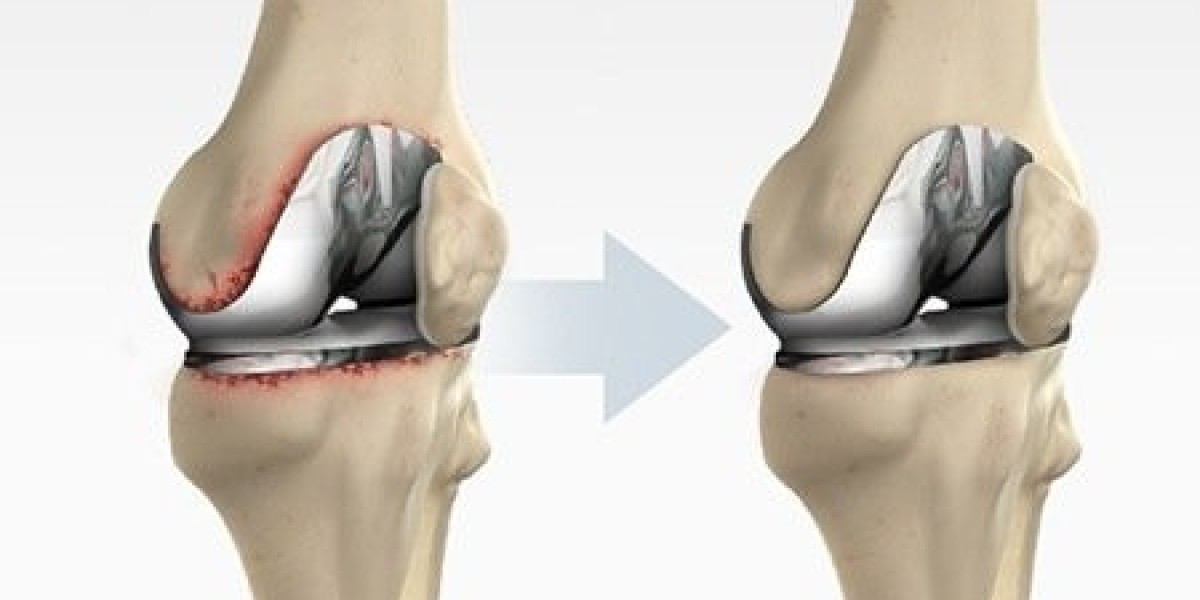Deep Cleaning: Wipe Away Residues First
Before storing seasonal garden tools, thorough cleaning is a must—dirt, plant sap, and chemical residues (from fertilizers or pesticides) can corrode metal, weaken plastic, or attract pests over months. For metal parts like shovel blades or pruning shear edges, use a stiff-bristle brush to scrub off caked soil, then wipe with a cloth dipped in warm, soapy water. Avoid abrasive cleaners that scratch protective coatings, as exposed metal rusts faster. For plastic components (such as sprayer tanks or rake handles), rinse with mild detergent to dissolve sticky residues—these can make plastic brittle if left. Electric tools need extra care: use compressed air to clear dust from motor vents (dust causes overheating later) and wipe the exterior with a dry cloth. This step lays the groundwork for Taking Care Of Garden Tools during long breaks.
2. Material-Specific Protection: Targeted Treatments
Different tool materials need tailored care to stay intact. Metal parts (even stainless steel) require rust prevention: apply a thin layer of mineral oil, linseed oil, or specialized tool oil to blades, hinges, and bolts. For wooden handles (common on hoes or hand trowels), lightly sand away splinters, then coat with beeswax or wood conditioner—this locks in moisture, preventing cracking and mold. Plastic parts don’t need oil, but moving joints (like sprayer nozzles) benefit from a small amount of silicone lubricant to avoid seizing. Battery-powered tools have unique needs: remove the battery, charge it to 50% (storing it fully charged or dead shortens lifespan), and keep it separately in a cool place. These steps ensure each material retains its strength.
3. Storage Environment: Control Temp & Humidity
The right storage space is critical to preserving tool quality. Aim for a cool (50–70°F/10–21°C), dry area with low humidity—leaky basements or uninsulated garages are bad choices, as moisture leads to rust and mold. If humidity is high (e.g., a small outdoor shed), place desiccant packs or a compact dehumidifier nearby. Avoid direct sunlight, which fades plastic and dries out wooden handles. Organize tools to prevent damage: hang shovels, rakes, or loppers on wall hooks instead of stacking (stacking bends handles and dulls blades). Small tools like pruning shears can go in a padded toolbox to protect edges. Taking Care Of Garden Tools also means giving them space to avoid unnecessary wear.
4. Pre-Storage Inspections: Fix Small Issues Early
A quick inspection before storage stops minor problems from worsening. Check for loose screws or bolts on all tools—tighten them to prevent parts from shifting or getting lost. For bladed tools (like hedge trimmers or hand saws), sharpen dull edges with a file or sharpening stone—dull blades collect more rust in nicks and perform poorly later. If plastic parts (such as a watering can spout) have small cracks, replace them immediately; cracks expand in storage and render tools useless. For electric tools, inspect power cords for frays—wrap damaged areas with electrical tape or replace the cord to avoid safety risks. These small fixes save time and money when you reuse the tools.
5. Extended Storage Check-Ins: Monthly Quick Checks
If storing tools for more than 6 months (e.g., winter storage for summer gear), do monthly check-ins. Open the storage area to let fresh air circulate, reducing moisture buildup. Inspect metal parts for early rust—wipe spots with a dry cloth and reapply oil if needed. Check battery charge levels (for electric tools) and top them up to 50% if they’ve dropped. For wooden handles, feel for dryness—reapply conditioner if rough. These quick checks keep tools in good shape, so they’re ready when gardening season returns. Taking Care Of Garden Tools during long storage ultimately extends their lifespan and reliability.



